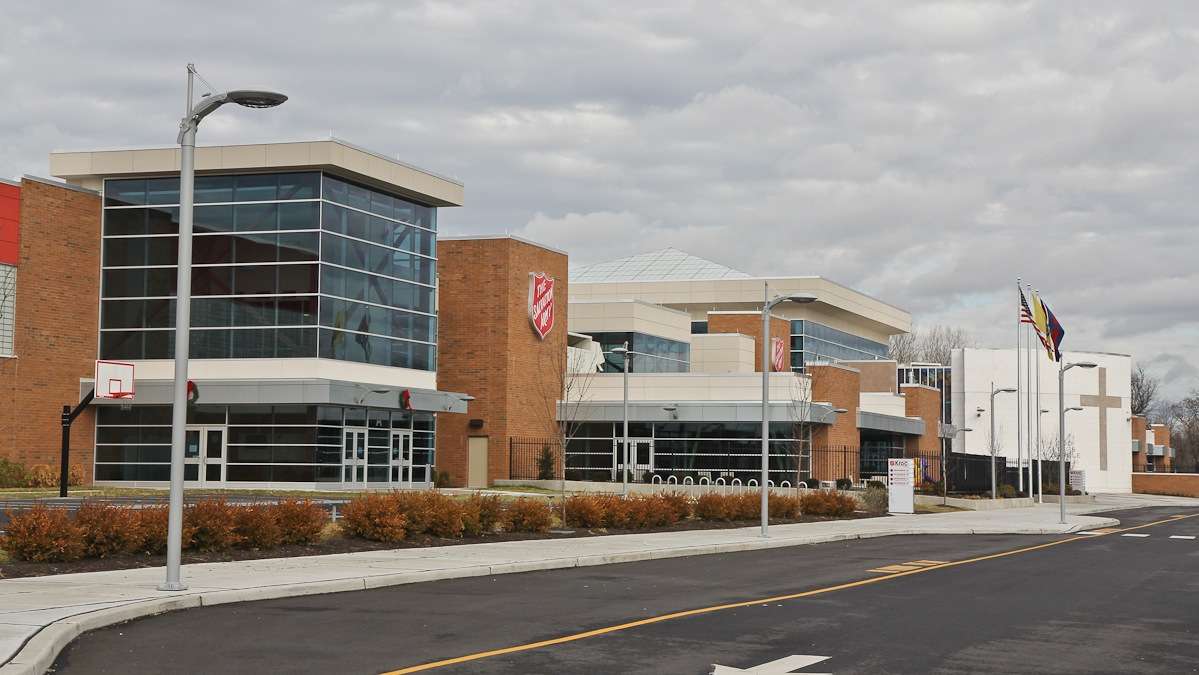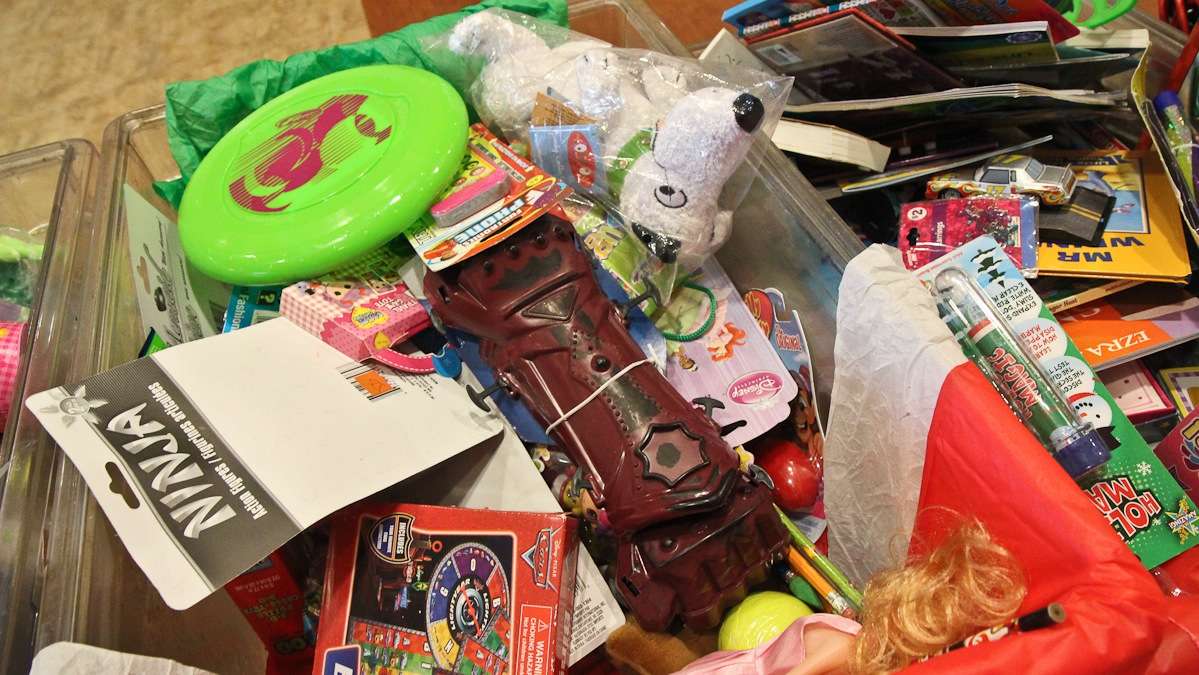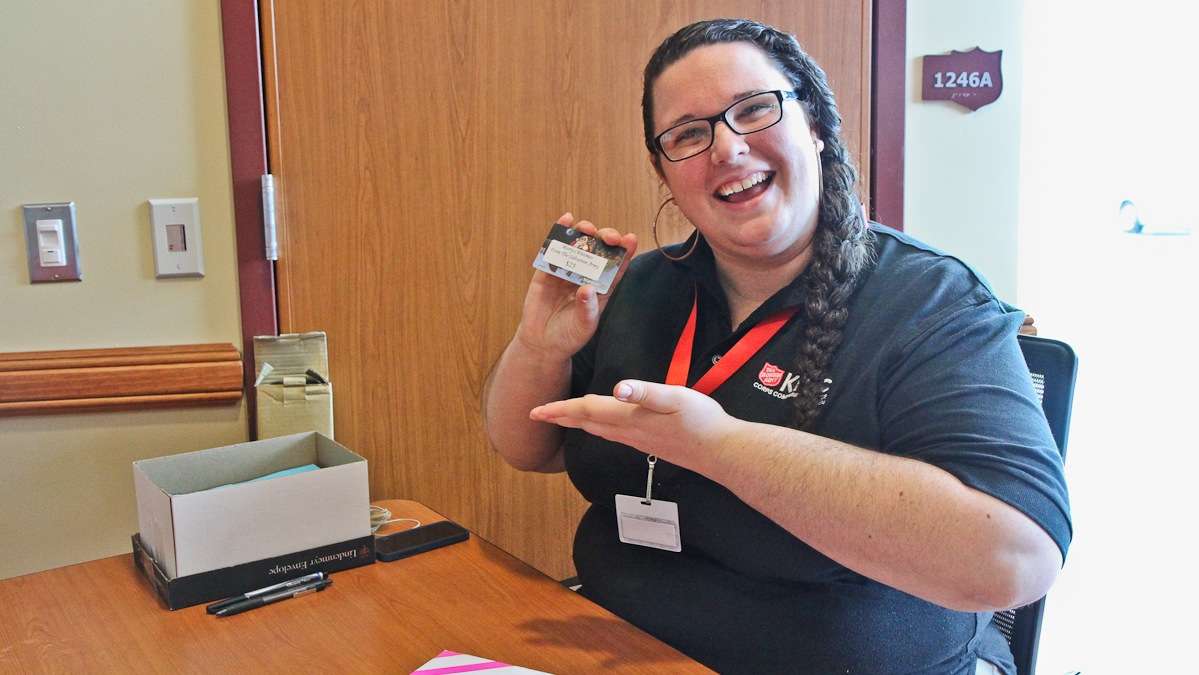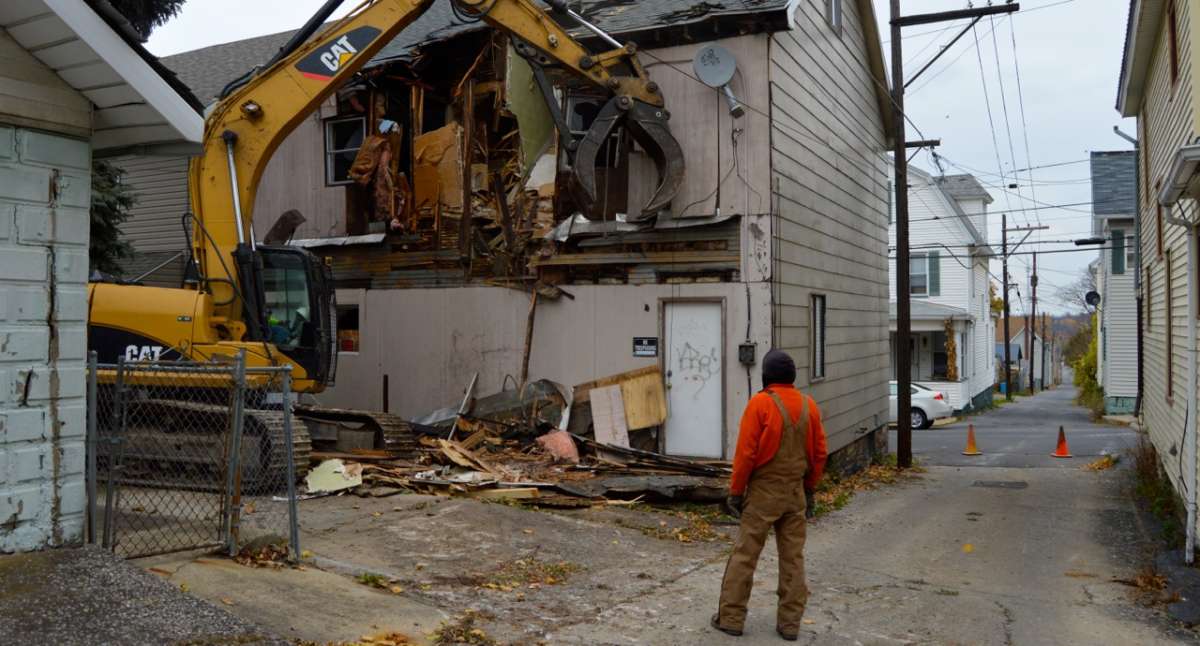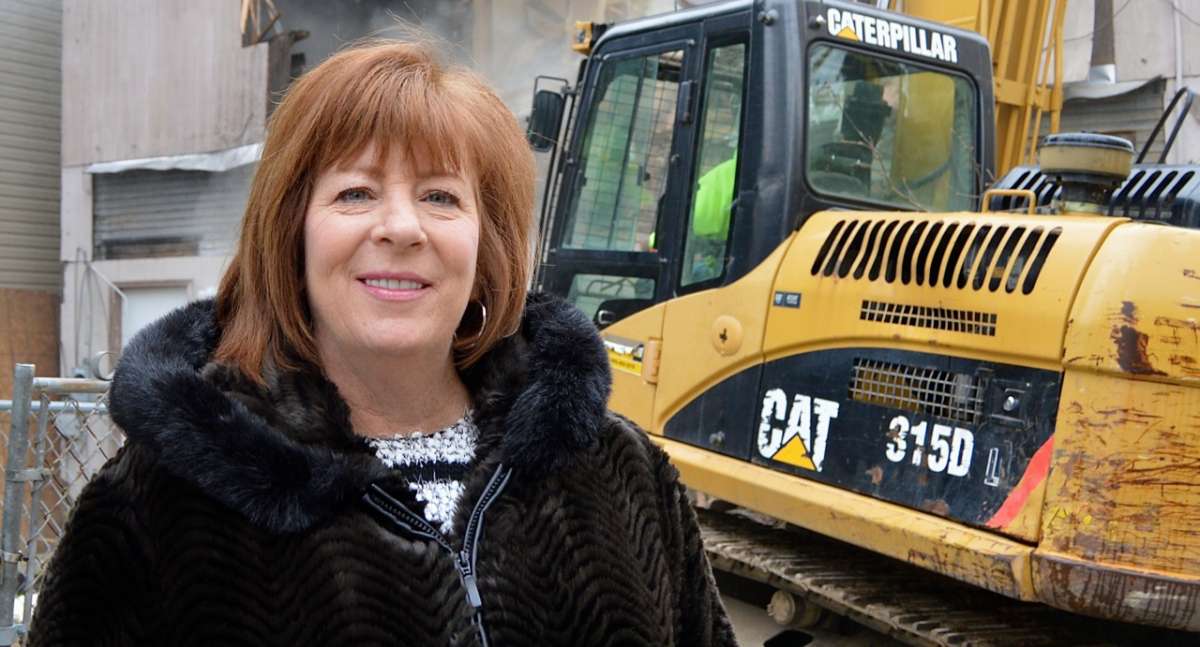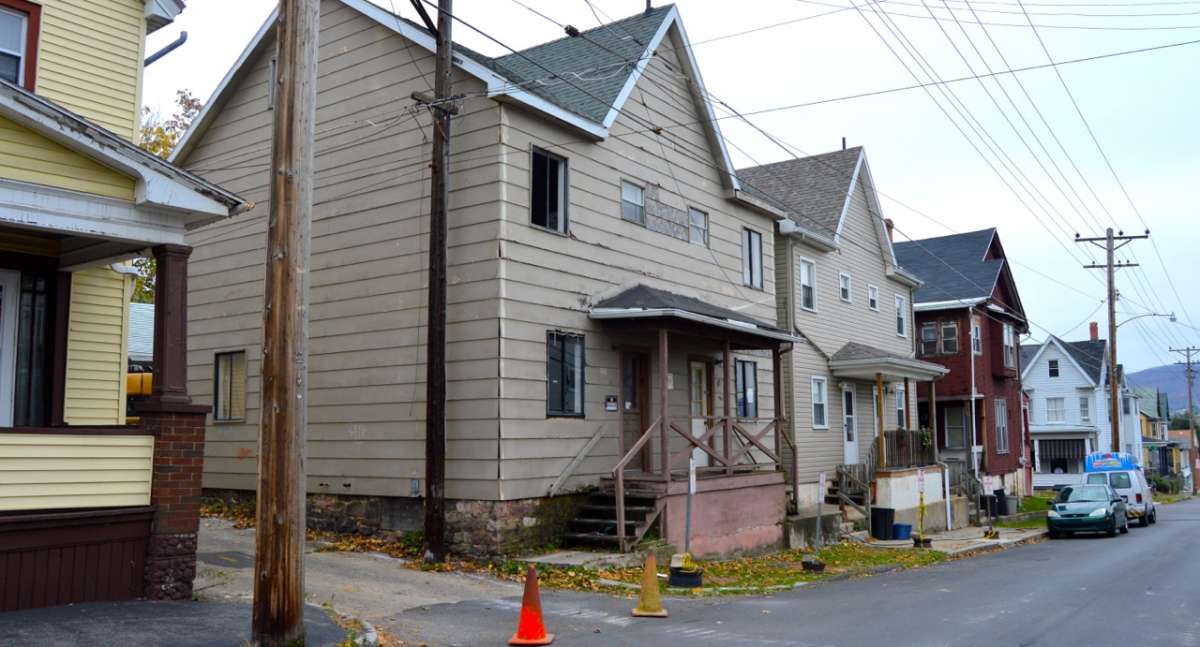Cities learn to be strategic when demolishing blighted buildings
ListenUrban revitalization isn’t just about preservation and rehabilitation. Sometimes you have to tear down to build up.
Urban revitalization often brings to mind preservation and rehabilitation—people like the idea of saving old buildings. But the reality is, in Pennsylvania’s post-industrial cities, there are many, many buildings that will never be rehabbed.
Sometimes, before you rebuild, you have to tear down—and it helps do to it strategically.
Quick and efficient
In the old railroad city of Altoona, there are roughly one thousand blighted, abandoned buildings.
Mary Johnson manages the city’s Blighted Property Demolition Program, so part of her job is overseeing old houses being torn down.
It may sound like it would be a sad to oversee the demolition of old buildings, but Johnson says it’s actually pretty great. Because the thing is, blighted buildings bring down the property values of an area. And they can become dangerous.
Johnson says residents tend to be really happy when the excavator comes to their neighborhood.
“I had one we took down here,” she said. “The neighbors had barbecued and had lunch prepared for my guys out there because they were so excited for my guys to get it down.”
Altoona has one of the more aggressive demolition programs in the state. A few years ago, the city changed its policy under the Third Class City code to shorten the wait between identifying a problem property and tearing it down. Before, the city had to legally acquire the building before demolition. Now, Johnson and her crew have to make a good faith attempt to serve the property owner with a demo notice—which could mean phone calls, house calls, and public postings—but once the time has elapsed on the notice, the city can move in for demolition.
This, in effect, has cut the waiting time for a demolition from anywhere between 6 and 18 months to 3 months, max. The city tears down a building every few weeks.
But here’s the thing—Altoona’s thousand or so blighted buildings actually represents only five percent of Altoona’s housing stock, a number that’s lower than average in Pennsylvania.
So what happens in a city when the blight problem is bigger?
Pick and choose
Alan Mallach is a fellow with The Brookings Institution. He published a report in 2012 about strategic demolition.
Mallach says in places that have lost large percentages of their population, it’s not as simple as tearing down every abandoned building one by one, because there are just too many.
“If you look at a lot of these older cities… some parts of Philadelphia and some of the more distressed cities like Chester… basically one of their problems, as they’ve been losing population, they’ve been accumulating a surplus of housing that basically nobody wants.”
Demolition is also expensive.
“The demolition might cost you $10,000,” said Mallach. “But with all the properties that you may have to knock down, that’s a lot of money.”
Mallach says city planners have to ask—which building should we demolish to get the most bang for our buck?
He says it might be smarter to spend money demolishing connected buildings near an already flourishing commercial district than, say, separate properties in an area where the neighborhood fabric is weak.
“You really have to look very systematically and thoughtfully at which properties in which areas you really do demolish,” he said. “That means you have to understand the whole city so you can make the right decisions.”
And then there’s the question of how to prevent blight from becoming an even bigger problem. Chris Gulotta heads up the Gulotta Group, which provides community development consulting and training. He said he thinks cities are becoming more mindful that heading off blight starts with code enforcement and property maintenance codes.
Putting it all together
Baltimore is one city that’s applying this multi-pronged blight strategy. According to Michael Braverman, Baltimore’s deputy commissioner for permits and code enforcement, the city has around 16,000 vacant properties—too many to simply tear down.
Its Vacants to Value program uses mapping technology and a host of criteria (including market research, and police and tax data) to decide where the excavator should go next. And the city also combines its demolition efforts with an aggressive code enforcement policy that includes ramped-up violation citations.
Baltimore’s Department of Housing and Community Development has demolished 1,088 properties since the Vacants to Value program launched in 2010.
WHYY is your source for fact-based, in-depth journalism and information. As a nonprofit organization, we rely on financial support from readers like you. Please give today.



